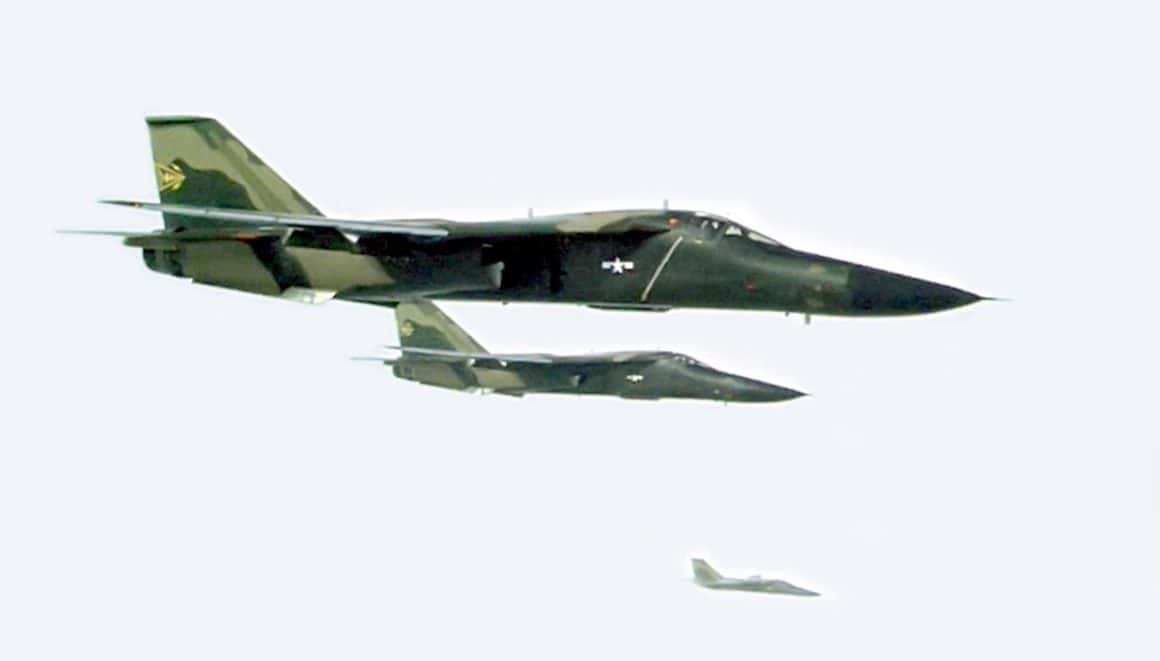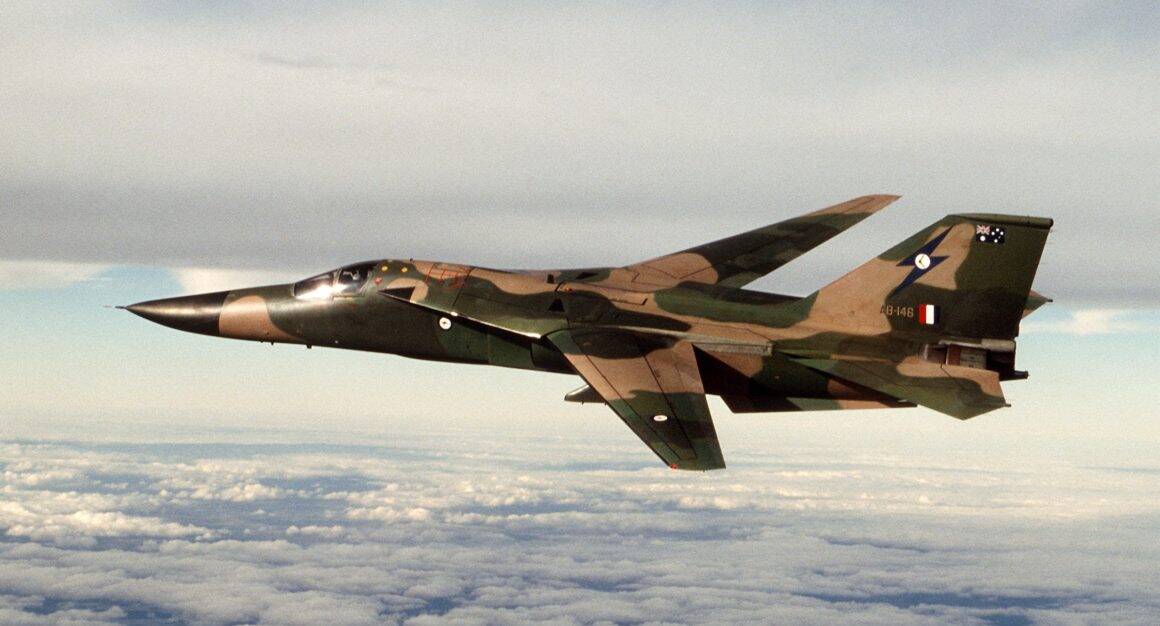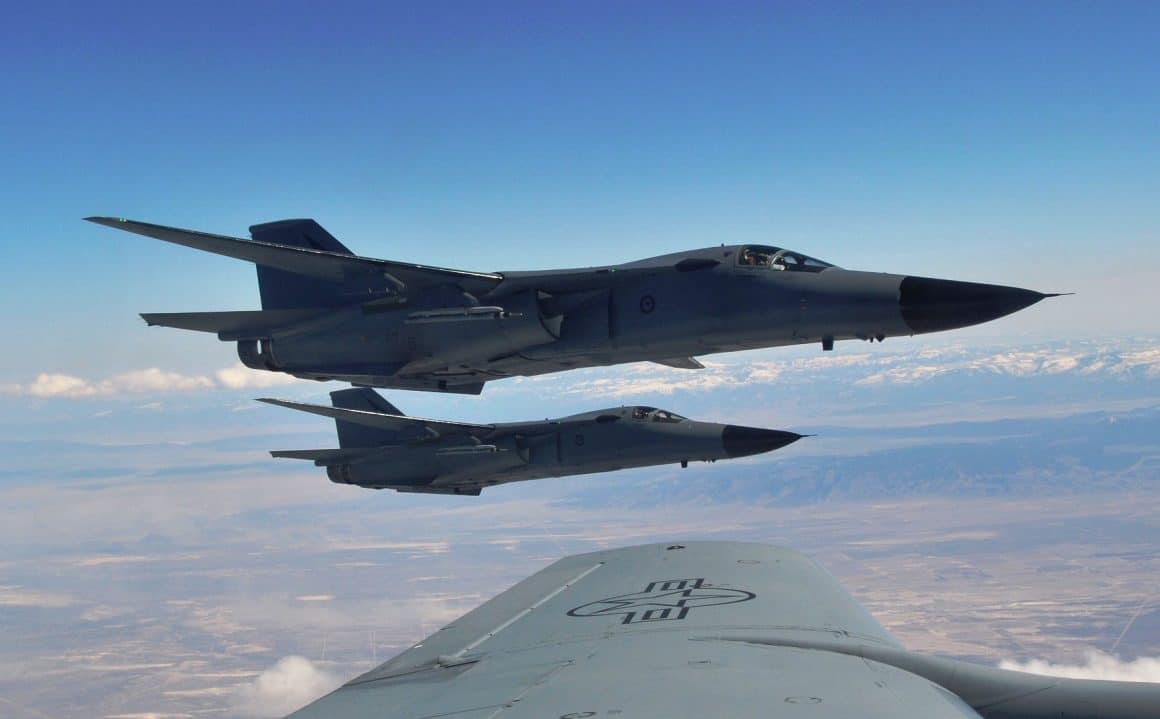The F-111 Aardvark made its combat debut with the US Air Force in 1967. The jet was the world’s first variable geometry swing wing aircraft. The Aardvark – not exactly a sexy name for a multi-purpose fighter – came on line just in time to see major action in Vietnam.

The standard description of the F-111 goes something like this: The General Dynamics F-111 Aardvark was a supersonic, medium-range interdictor and tactical attack aircraft that also filled the roles of strategic bomber, aerial reconnaissance, and electronic-warfare aircraft in its various versions. Developed in the 1960s by General Dynamics, it first entered service in 1967 with the United States Air Force. The Royal Australian Air Force (RAAF) also ordered the type, and after delays caused by wing design issues, began operating 24 F-111Cs in 1973.

Over the ensuing years the RAAF modified four of the F-111Cs to RF-111C reconnaissance aircraft. in 1981 the Aussies purchased four former USAF F-111As as attrition replacements. To keep the type in service the Australian Government decided to purchase up to 18 more USAF F-111s (G models this time) in 1992. 15 F-111Gs were delivered between 1993 and 1994. The USAF actually held several F-111 airframes at the boneyard to keep the Australian jets flying. All of the total of 15 F-111Gs were retired by 2007. All 28 of the F-111Cs were all withdrawn from RAAF service by 2010.

Enjoy this video of a RAAF Aardvark doing the “dump and burn”- dumping fuel and lighting the afterburner. resulting in an impressive flaming trail in the sky!
[youtube id=”WpPEdOMSIgQ” width=”800″ height=”454″ position=”left”]
